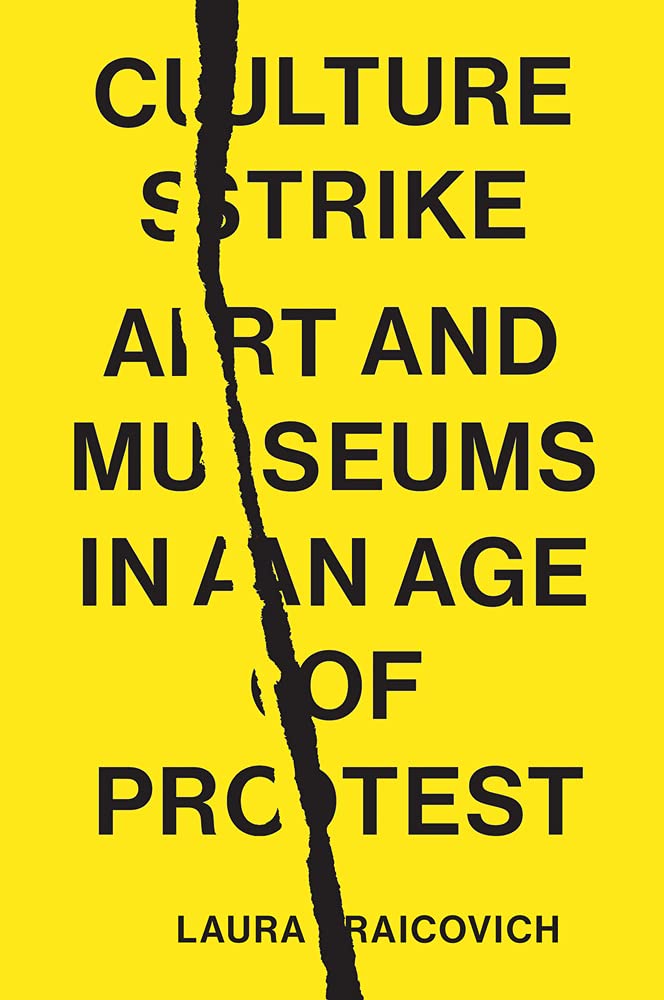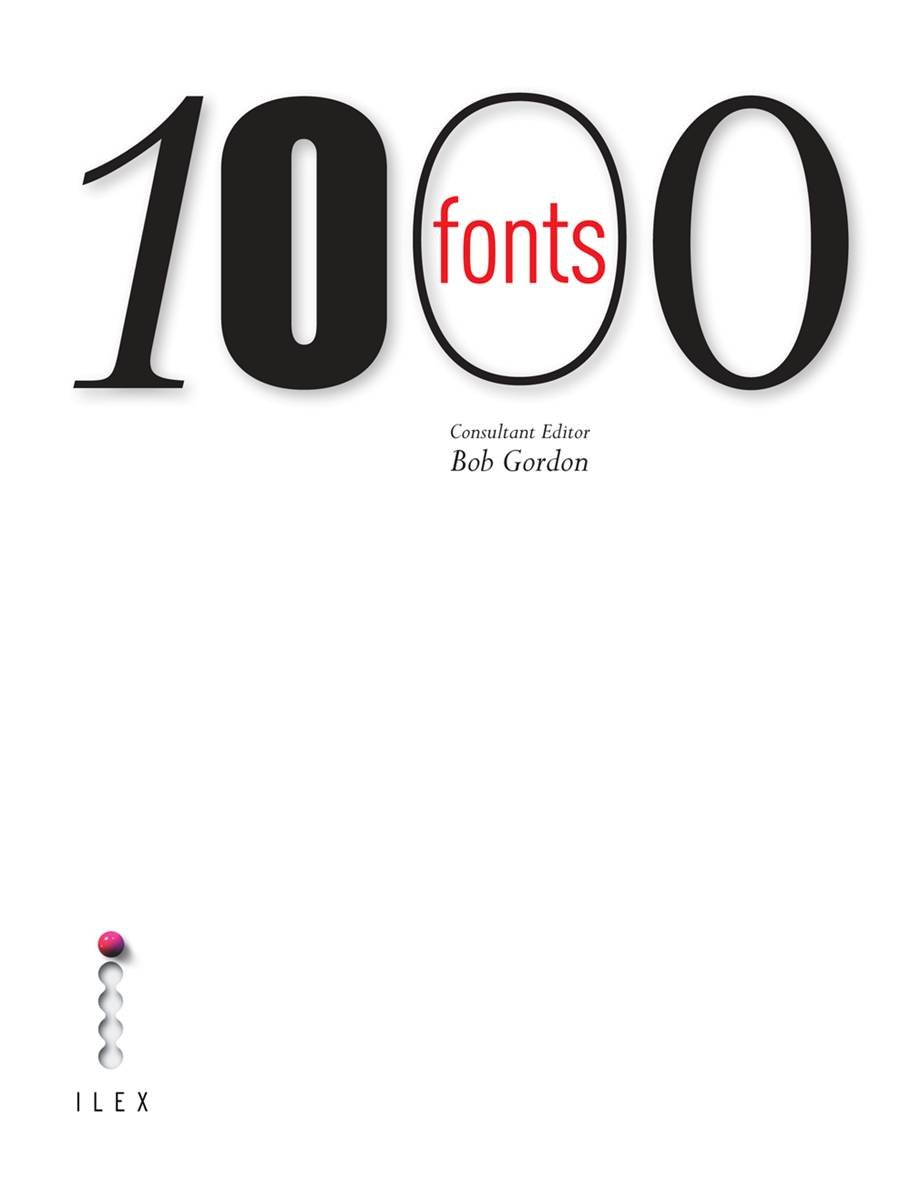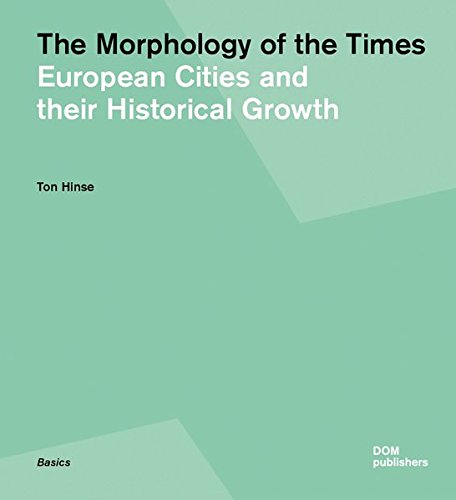- Informatii telefonice:(+40) 748 400 200
Culture Strike | Laura Raicovich
Cod intern: xsales_1387164Producator: Verso Books
Vizualizari: 21 / Achizitii: 17
Stoc: In stoc
Pret: 101.0 RON
Acest produs este publicat in categoria Librarie la data de 15-03-2025: 10:03 si vandut de Carturesti. Vanzatorul isi asuma corectitudinea datelor publicate. ( alege finantarea potrivita )
-
Produs cu garantie
-
Livrare direct din stocul fizic al Carturesti
-
Retur gratuit minim 14 zile de la data achizitiei
A leading activist museum director explains why museums are at the center of a political storm and how they can be reimaginedIn an age of protest, culture and museums have come under fire. Protests of museum funding (for example, the Metropolitan Museum accepting Sackler family money) and boards (for example, the Whitney appointing tear gas manufacturer Warren Kanders)--to say nothing of demonstrations over exhibitions and artworks--have roiled cultural institutions across the world, from the Guggenheim Abu Dhabi to the Akron Art Museum. At the same time, never have there been more calls for museums to work for social change, calls for the emergence of a new role for culture. As director of the Queens Museum, Laura Raicovich helped turn that New York municipal institution into a public commons for art and activism, organizing high-powered exhibitions that were also political protests. Then in January, 2018, she resigned, after a dispute with the Queens Museum board and city officials became a public controversy--she had objected to the Israeli government using the museum for an event featuring vice president Mike Pence. In this book, Raicovich explains some of the key museum flashpoints, and she also provides historical context for the current controversies. She shows how art museums arose as colonial institutions bearing an ideology of neutrality that masks their role in upholding capitalist values. And she suggests how museums can be reinvented to serve better, public ends.



























Scrie parerea ta
Culture Strike | Laura Raicovich
Ai cumparat produsul Culture Strike | Laura Raicovich ?
Lasa o nota si parerea ta completand formularul alaturat.
A leading activist museum director explains why museums are at the center of a political storm and how they can be reimaginedIn an age of protest, culture and museums have come under fire. Protests of museum funding (for example, the Metropolitan Museum accepting Sackler family money) and boards (for example, the Whitney appointing tear gas manufacturer Warren Kanders)--to say nothing of demonstrations over exhibitions and artworks--have roiled cultural institutions across the world, from the Guggenheim Abu Dhabi to the Akron Art Museum. At the same time, never have there been more calls for museums to work for social change, calls for the emergence of a new role for culture. As director of the Queens Museum, Laura Raicovich helped turn that New York municipal institution into a public commons for art and activism, organizing high-powered exhibitions that were also political protests. Then in January, 2018, she resigned, after a dispute with the Queens Museum board and city officials became a public controversy--she had objected to the Israeli government using the museum for an event featuring vice president Mike Pence. In this book, Raicovich explains some of the key museum flashpoints, and she also provides historical context for the current controversies. She shows how art museums arose as colonial institutions bearing an ideology of neutrality that masks their role in upholding capitalist values. And she suggests how museums can be reinvented to serve better, public ends.
Acorda un calificativ